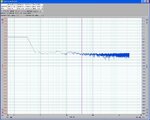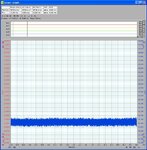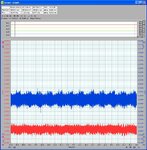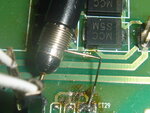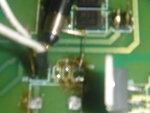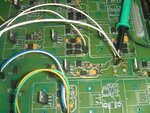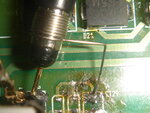witssq
Junior Member level 1
I am using commercial SMPS +5, +/-5V output.
Against SMPS output, I applied LC filter, and achieved 45mV noise down to 20mV noise, but I need about 5mV or below.
Please anyone help me about how to find cutoff frequency not easy to figure out
The microscopic view is after currently filtered.
Best regards,
SunSung
Against SMPS output, I applied LC filter, and achieved 45mV noise down to 20mV noise, but I need about 5mV or below.
Please anyone help me about how to find cutoff frequency not easy to figure out
The microscopic view is after currently filtered.
Best regards,
SunSung
